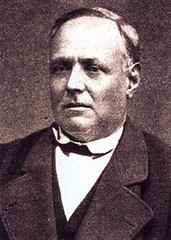Here is a summary of this book from the back cover:
This well-written book traces the mysterious disappearance of William Morgan in 1826 in western New York when he proposed to publish the secret rituals of the freemasons. His disappearance led to a firestorm of antimasonry from the public and from political parties. The controversy culminates in the emergence of the first third party to nominate a U.S. Presidential candidate.
I knew little of Freemasonry before I read this book. Berry is an award-winning journalist, and it shows in his writing. I’ve had many friends and acquaintances through the years who have been Masons, but other than seeing the distinctive ring, I don’t recall learning a thing about them. I suppose a member of any “secret society” must be guarded in ways, but what I’ve seen in my friends is a subdued, subtle secrecy. After reading this book, I wonder if modern members know of the volatile times in the early 1800’s, very important times in their history. As I am still ignorant of Masonry, because Berry’s book is the extent of my study so far, I’m also not sure if Masons today would view Berry’s book as an expose or an effort to objectively analyze the people and events related to Morgan’s disappearance.
You can read a great summary of the novel and Berry’s biographical information here:
Berry’s epigraphs for the fifteen chapters are well-chosen, the citations numerous, and the conclusions Berry draws are convincing. The story is unsettling in some ways, effectively making me realize how much the history books and politicians have left out of America’s story. I remember the same feeling when I read a book about Joseph Smith, the Mormon leader, entitled, No Man Knows My History. The Bright Mason is a book that should be in the library of anyone who has interest in studying this period of America’s history. Berry has no hidden agenda–he merely wants to tell readers this forgotten story.
I hope you obtain this book so he can tell the story to you. It’s a story and a look into our past that will enrich and intrigue you.





